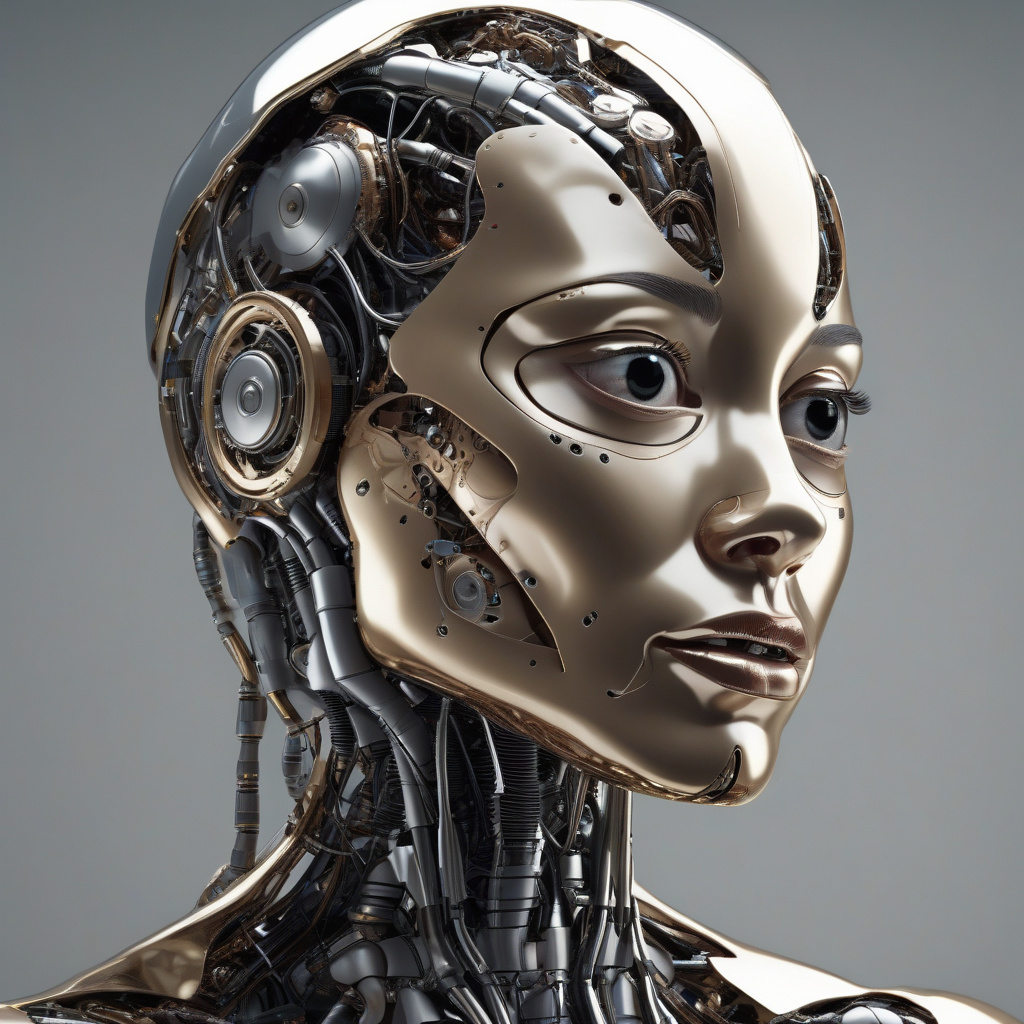Can AI Truly Understand Human Emotions?
In the realm of artificial intelligence (AI), the question of whether machines can truly comprehend human emotions remains a subject of ongoing debate. Many digital systems already manage day-to-day tasks with impressive efficiency. Chatbots handle queries, map apps suggest travel routes, and algorithms sort our social media feeds. However, the ability of AI to grasp the nuances and complexities of human emotions is a different challenge altogether.
One of the primary arguments against AI’s capability to understand human emotions is the inherent subjectivity and contextuality of feelings. Emotions are often influenced by unique personal experiences, cultural backgrounds, and individual perceptions. While AI can process vast amounts of data and recognize patterns, it may struggle to interpret the intricacies of human emotions accurately.
Moreover, human emotions are not always expressed explicitly. They can be conveyed through subtle cues such as facial expressions, tone of voice, and body language. Understanding these non-verbal signals requires a level of emotional intelligence that goes beyond mere data analysis. While AI can be trained to recognize certain patterns associated with emotions, the depth of emotional understanding that humans possess remains a significant hurdle for machines to overcome.
Despite these challenges, advancements in AI technology have shown promising developments in the realm of emotional intelligence. Emotion recognition software, for instance, can analyze facial expressions and vocal tones to infer underlying emotions. This technology is being used in various fields, including customer service, mental health, and market research, to gauge emotional responses and tailor interactions accordingly.
Additionally, researchers are exploring the integration of AI with neuroscience to enhance machines’ understanding of emotions. By studying how the human brain processes emotions, scientists aim to create AI systems that can simulate similar cognitive processes. While this approach is still in its early stages, it holds the potential to bridge the gap between AI and human emotional intelligence.
In conclusion, while AI has made significant strides in understanding and responding to human emotions, the question of whether it can truly comprehend emotions in the same way humans do remains open. The complexity and subjectivity of emotions present formidable challenges for AI systems, yet ongoing research and technological advancements offer glimpses of a future where machines may develop a deeper understanding of human emotions. As AI continues to evolve, the quest for emotional intelligence in machines remains a fascinating frontier in the ever-expanding landscape of artificial intelligence.
The post Can AI Truly Understand Human Emotions? appeared first on TechRound.

